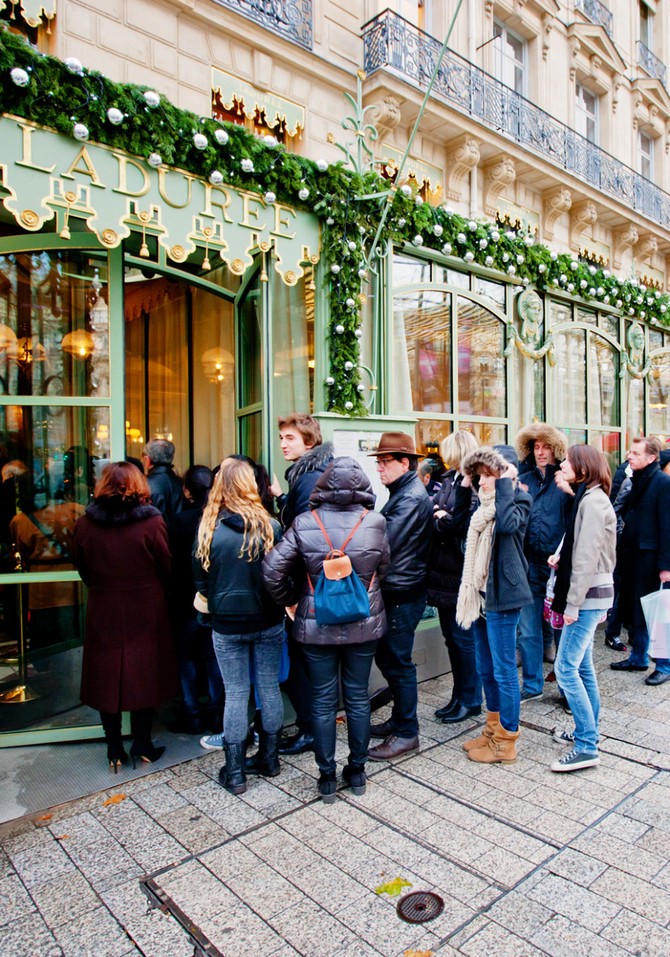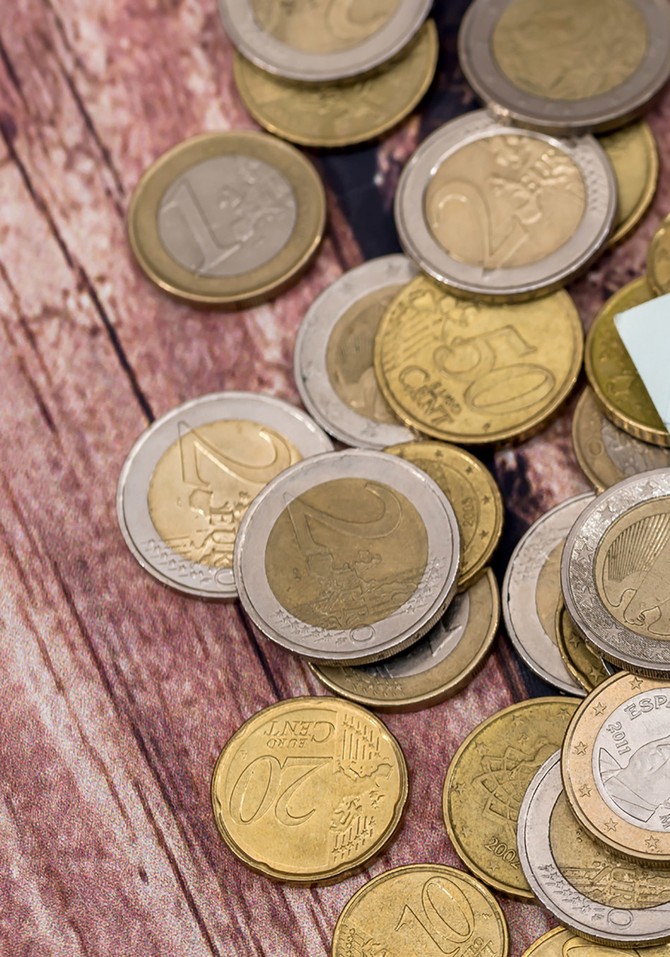5 Sneaky Reasons You're Spending More Than You Want To
New research reveals surprising traps we fall into when we take out our wallets.
By Lynn Andriani

Photo: iStock
You're a Different Sort of Color-Blind
Let's say you're shopping for a toaster and deciding between two similar models: One is a deep red color (and more expensive); the other is beige (and cheaper). If you're thinking, "I'll get the red one. It looks bigger," you may have fallen into the saturation trap. Here's how it works: We perceive products to be larger or smaller depending on the saturation of their color (how deeply hued they are)—and this perception influences how much we'll pay. In a recent study published in the Journal of Consumer Research, participants were willing to spend more for a large carry-on suitcase with a high not low saturation. And while we're talking about visual perception, a study published in the Journal of Marketing Research found that we tend to identify products as more valuable when there's more space devoted to their display. The takeaway: Don't let bright colors or neatly spaced-out displays distract you from evaluating the product for what it is.

Photo: iStock
You Want a Big Return on Your Investment
Long lines are a funny thing—they can frustrate us ("Forty-five minutes for a cookie?"), intrigue us ("Those cookies must be amazing!") and, new findings show, influence how much we end up buying ("I'll take 12."). A recent study by researchers at Georgetown University found that when people spend a longer time waiting in a line, their consumption—whether of cookies, tech gadgets or deeply discounted books—tends to increase, perhaps because they feel they need a reward after putting in so much time waiting. To avoid overspending, decide exactly what you're going to buy, or how much you're going to spend, before you queue up.

Photo: iStock
You're Afraid of Looking Cheap
Americans spend billions of dollars every year on gifts—holiday presents alone set the average person back $419. Sometimes, though, the perfect gift is not expensive at all—yet we shy away from giving it for that very reason. Researchers at Carnegie Mellon University found that we're often unsure whether the recipient will like a sentimental gift, but we're confident they'll like a superficial gift. So, we buy them a gift card to their favorite store, instead of giving them a framed picture of us and them together—which, the study shows, they may actually prefer.

Photo: iStock
You're Programmed to Think More Reviews Are Better
We can still hear our mom's voice: "It's not a popularity contest." It turns out, we'd be wise to heed her advice, especially when it comes to online shopping. A report in Psychological Science found that consumers tend to value the number of reviews an item has almost as much as what kind of reviews (e.g., positive or negative) it has, and items with more reviews are seen to have more value. What's more, the researchers learned that, statistically speaking, when shoppers are comparing two items, the one with more reviews is actually more likely to be a lower-quality product than the one with fewer reviews. This is especially important to remember if you're buying something expensive online, since this analysis found that reviewers put more time and effort into reviewing products that are worth more.

Photo: iStock
Your Vacation Includes a Break from Budgeting
A new LearnVest survey found that nearly three-quarters of respondents said they'd accrued more than $1,100 worth of debt to pay for a vacation—which takes them, on average, six months to recover from. One way you might be overspending: If you travel to a place where the currency includes coins that have more value than any coins in the U.S. (e.g. any country on the euro), it can be easy to lose track of how much you're spending, since research shows it's easier to part with coins than bills.
Published 10/03/2017

